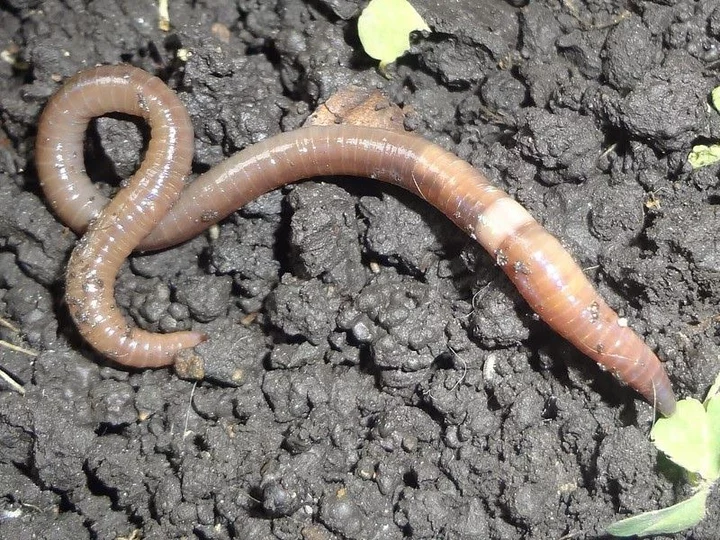Jumping worm (Amynthas agrestis) | Image provided by the County of Humboldt, which attributed its authorship to Alfredo Eloisa, sourced on Flickr. CC-BY-NC-SA-2.0.
###
Press release from the Humboldt County Administrative Office:
Samples taken by the Humboldt County Department of Agriculture have been confirmed to be an invasive earthworm species known as the jumping worm (Amynthas agrestis). Jumping worms devour organic matter more rapidly than European earthworms, stripping the forest of the layer critical for seedlings and wildflowers.
Recently, the Humboldt County Department of Agriculture submitted a worm sample to the California Department of Food and Agriculture’s (CFDA) Plant Health and Pest Prevention Services Division for testing. The sample was taken from a residential garden located in Arcata.
The sample provided to the CDFA was confirmed to be the jumping worm through DNA testing. This is the first time the jumping worm has been detected in Humboldt County.
Movement of this worm is most likely attributed to the horticultural industry, since on their own, jumping worms can only move five to ten meters a year. Presence of the jumping worm has spread widely in the Northeast and Midwest in the past two decades. The first detection in California occurred in 2019 and was associated with potted plants at a nursery located in Napa County. There have been subsequent detections in Sonoma County in 2022 and 2023.
The CDFA has labeled the jumping worm as an A-rated pest, meaning it can cause economic or environmental harm if it becomes established in California.
The Humboldt County Department of Agriculture wants the community and nursery industry to be aware of this new pest and to contact the department if you believe you have found a suspected jumping worm.
If you suspect the presence of the jumping worm, please retain a sample, or take a photo of the worm in question and note the location of the worm. To report the suspected jumping worm, members of the public should fill out the jumping worm survey and contact the department at agcommissioner@co.humboldt.ca.us or call (707) 441-5260.
How to Detect the Jumping Worm
The jumping worm can be distinguished from other earthworms by a milky-white band (the clitellum) wrapping all around and flush with its body near the head as well as its characteristic “jumping” when disturbed. On European earthworms, the band is raised or saddle-shaped and reddish-brown in color and does not wrap entirely around the body.
In nurseries, the presence of jumping worms is likely to be found underneath pots sitting on the ground or on landscape fabric. In forests and gardens, they tend to be near the surface, just under accumulations of leaf litter or mulch. When the top layer of soil is scratched, these worms can be seen thrashing about with an erratic, snakelike movement. One sign of a possible infestation is a very uniform, granular soil created from worm castings. The texture of the soil is often compared to coffee grounds.
The Department of Agriculture is committed to preventing the spread of this invasive worm and will continue to work to educate and assist the public in identifying and managing the jumping worm as needed.
For more information on the jumping worm, how to detect them or to learn how to keep them under control, please visit the following links:
For more information regarding the Humboldt County Department of Agriculture, visit the Humboldt County Agricultural Commissioner webpage.
- UC Master Gardeners of Humboldt & Del Norte Counties Jumping Worm webpage
- Cornell University’s New York Invasive Species Research Institute’s Invasive Species for Homeowners Jumping Worm Fact Sheet
- How To Keep Destructive ‘Jumping Worms’ At Bay WCCO – CBS YouTube Video
- University of California Agriculture and Natural Resources’ Pests in the Urban Landscape: Look Out for the Jumping Worm
- University of Minnesota Jumping Worms Project

CLICK TO MANAGE